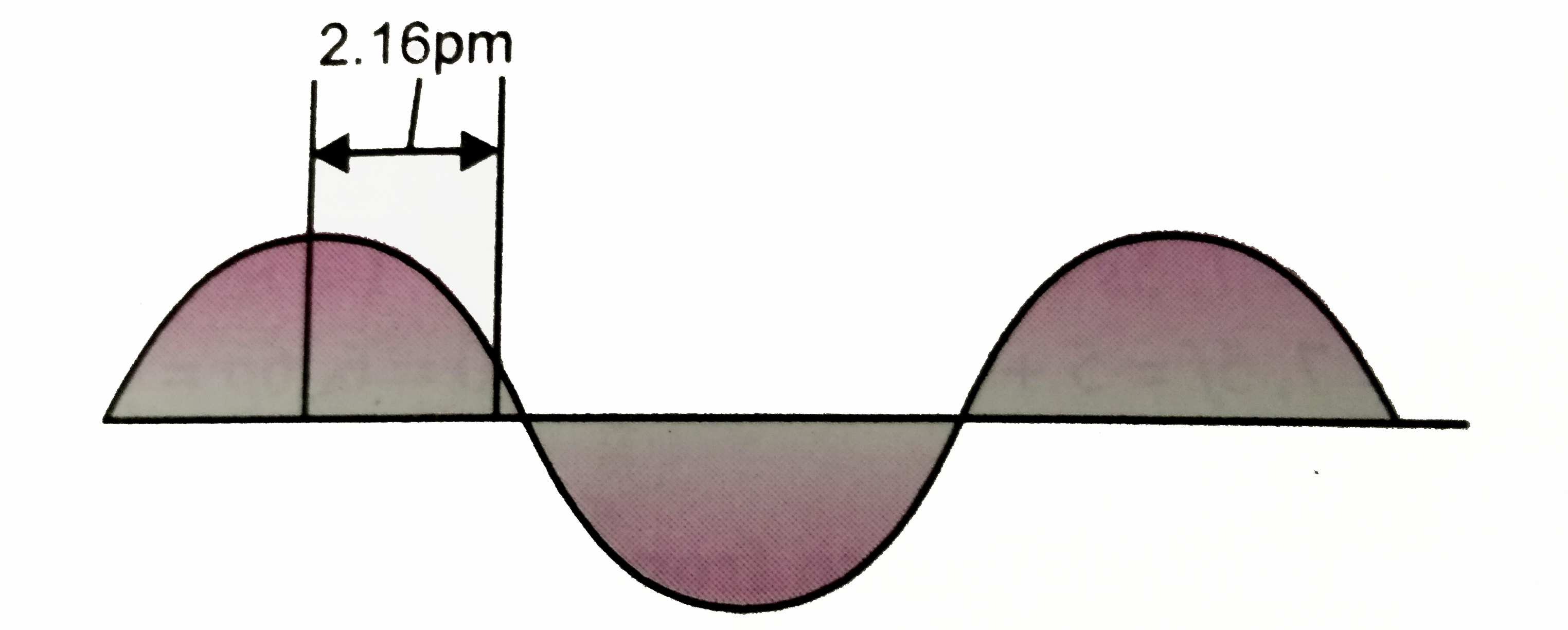Complete Solutions to NCERT Exemplar Problems With Answers, Hints and Solution (Short Answer questions) of chapter STRUCTURE OF ATOM of Class 11 book with complete answers and questions
| Class 11 | CHEMISTRY |
| Chapter | STRUCTURE OF ATOM |
| PRADEEP | NCERT Exemplar Problems With Answers, Hints and Solution (Short Answer questions) |
| Number Of Questions | 20 |
| Academic Year | 2023-24 |
Arrange s,p and d subshells of a shell in the increasing order of effective nuclear charge `(Z_(eff))` experienced by the electron present in them.
View SolutionShow the distribution of electrons in oxygen atom (atomic number 8) using orbital diagram.
View SolutionNickel atom can lose two electrons to form `Ni^(2+)` ion. The atomic number of nickel is 28. From which orbital will nickel lose two electrons?
View SolutionWhich of the following orbitals are degernate?
`3d_(xy),4d_(xy),3d_(z^(2),3d_(yz),4d_(yz),4d_(z^(2))`
View SolutionCalculate the total number of angular nodes and radial nodes present in 3p- orbital.
View SolutionThe arrangement of orbitals on the basis of energy is based upon their (n+l) value. Lower the value of (n+l), lower is the energy . For orbitals having same values of (n+l). The orbital with lower value of n will have lower energy.
I. Based upon the baove information arrange the following orbitals in the increasing order of energy.
(a) 1s,2s,3s,2p (b) 4s,3s,3p,4d
(c) 25p,4d,5d,4f,6s (d) 5f,6d,7s,7p
II. Based upon the above information Solve the question. give below.
(a) hich of the following orbitals has the lowest energy
`4d,4f,5s,5p`
(b) which of the following orbitals has the higher energy?
`5p,5d,5f,6s,6p`
View SolutionWhich of the following will not show deflection from the path on passing through an electric field?
Proton,cathode rays, electron,neutron.
View SolutionAn atom having mass number 13 has 7 neutrons. What is the atomic number of the atom.
View SolutionWavelengths of different radiations are given below:
(A) 300nm (B) `300 mu m` (C) 3nm (`30A^(@)`
Arrange these radiations in the increasing order of their energies.
View SolutionThe electronic configuration of valence shell of Cu is `3d^(10)4s^(1)` and not `3d^(9)4s^(2)`. How is this configuration explained?
View SolutionThe Balmer series in the hydrogen spectrum corresponds to the transition from ` n_(1)=2` to `n_(2)=3,4`........ This series lies in the visible region. Calculate the wave number of line associated with the transition in Balmer series when the electron moves to n=4 orbit.
`(R_(H)=109677cm^(-1))`
View SolutionAccording to de-Brogile, matter should exhibit dual behaviour, that is both particle and wave like properties. However, a cricket ball of mass 100 g does not move like a wave when it is thrown by a b owler at a speed of 100km/h. calculate the wavelength of the ball and explain why it does not show wave nature.
View SolutionWhat is the experimental evidence in support of the diea that electronic energies in an atom are quantized?
View SolutionOut of electron and proton which one will have, a higher velocity to produce matter waves of the same wavelength ? Explain it.
View SolutionA hypothetical electromagnetic wave is shown in Fig. Find out the wavelength of the radiation

View SolutionChlorophyll present in green leaves of plants absorbs light at `4.620xx10^(14)Hz`. Calculate the wavelength of radiation in nanometer. Which part of the electromagnetic spectrum does it belong to?
View SolutionWhat is the difference between the terms orbit and orbital ?
View SolutionTable-tennis ball has mass 10g and s peed of 90m/s. if speed can be meausred within an accuracy of 4%. What will be the uncertainly in speed and position?
View SolutionThe effect of uncertainty principle is significant only for motion of microscopic particles and is negligible for the macroscopic particles. Justify the statement with the help of a suitable example.
View SolutionHydrogen atom has only one electron, So, mutual repulsion between electrons is absent. However, in multielectron atoms mutual repulsion between the electrons is significant. How does this affect the energy of an electron in the orbitals of the same prinicipal quantum number in multielectron atoms?
View Solution
NCERT Exemplar Problems With Answers, Hints and Solution (Short Answer questions) questions and complete solutions for chapter STRUCTURE OF ATOM of PRADEEP CHEMISTRY (HINGLISH) of Class 11
All Exercises from PRADEEP Class 11 CHEMISTRY STRUCTURE OF ATOM
- Additional Questions (Long Answer Questions)
- Additional Questions (Short Answer question)
- Additional Questions (Very Short Answer Questions)
- Advanced Problems For Competitions
- Analytical Questions And Problems with Answers/solutions (Problems)
- Analytical Questions And Problems with Answers/solutions (Questions)
- Competition Focus (JEE (Main and Advanced)/Medical Entrance (I. Multiple Choice Question) With one correct Answer
- Competition Focus (JEE (Main and Advanced)/Medical Entrance (II. Multiple Choice Question)
- Competition Focus (JEE (Main and Advanced)/Medical Entrance (III. Multiple Choice Question) (Based on Comprehension)
- Competition Focus (JEE (Main and Advanced)/Medical Entrance (IV. Matching type Questions)
- Competition Focus (JEE (Main and Advanced)/Medical Entrance (IX. Assertion And Reason Type Questions (Type I))
- Competition Focus (JEE (Main and Advanced)/Medical Entrance (IX. Assertion And Reason Type Questions (Type II))
- Competition Focus (JEE (Main and Advanced)/Medical Entrance (V. Matching type Questions)
- Competition Focus (JEE (Main and Advanced)/Medical Entrance (VI. Matrix-Match Type Questions)
- Competition Focus (JEE (Main and Advanced)/Medical Entrance (VII. Integer Type Questions)
- Competition Focus (JEE (Main and Advanced)/Medical Entrance (VIII. Numerical Value Type Question)
- Conceptual Questions
- Curiosity Question
- NCERT Exemplar Problems With Answers, Hints and Solution (Assertion And Reason Type Questions)
- NCERT Exemplar Problems With Answers, Hints and Solution (I. Multiple Choice Questions)
- NCERT Exemplar Problems With Answers, Hints and Solution (II. Multiple Choice Questions)
- NCERT Exemplar Problems With Answers, Hints and Solution (Long Answer Questions)
- NCERT Exemplar Problems With Answers, Hints and Solution (Matching type Questions)
- NCERT Exemplar Problems With Answers, Hints and Solution (Short Answer questions)
- NCERT Questions And Exercises with Answers
- Problem
- Problem for Practice
- Sample Problem
- Test Your Grip (Fill in the Blanks)
- Test Your Grip (Multiple Choice Questions)